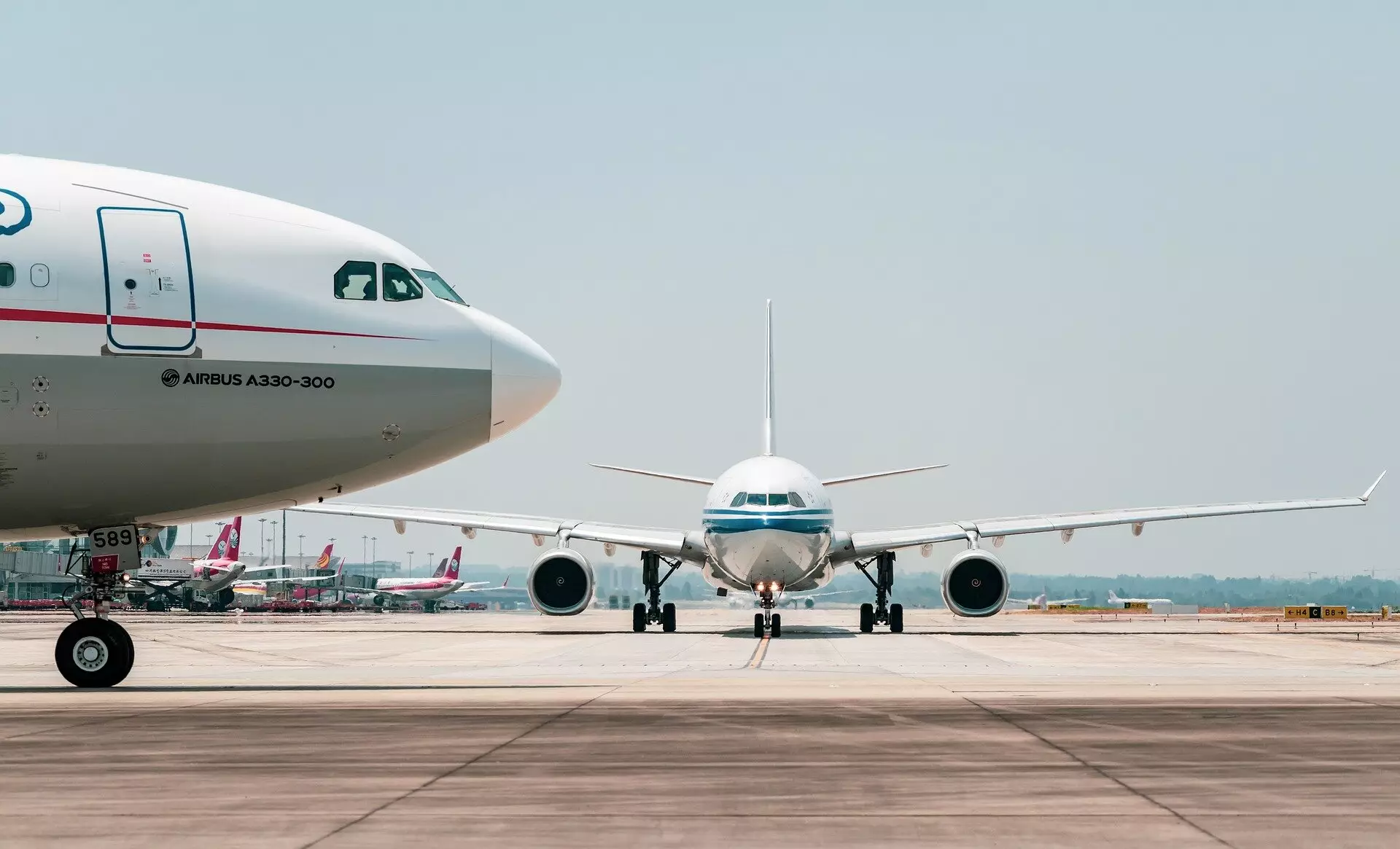In a pivotal moment for global climate initiatives, Cambridge University has unveiled a transformative report aimed at steering the aviation industry towards achieving net-zero emissions by 2050. The urgency of the situation cannot be overstated: despite commitments from governments and corporations alike, the aviation sector is remarkably behind on its environmental targets. The newly released document, titled “Five Years to Chart a New Future for Aviation,” serves not only as a call to action but also as a detailed roadmap that sets forth practical objectives critical to reshaping the industry.
The report identifies key areas where immediate intervention is necessary, asserting that without a concentrated five-year effort, the aviation industry will miss its crucial 2050 goal. This forewarning lays bare the disconnect between ambitious pledges and the tangible steps required to reach them. The findings present a reality check on the industry’s progress and potential, emphasizing an urgent need for systemic changes.
Central to the report are four transformative goals for 2030 that must be met to pivot the sector back on course. The first of these objectives is the acceleration of a global contrail avoidance system. This innovative initiative could cut down the aviation industry’s climate impact by as much as 40%. It emphasizes the necessity for experimental operations on a grand scale, exposing the sector to new technologies and methodologies in real-world airspace environments.
The second goal focuses on the introduction of policies aimed at maximizing efficiency across the aviation ecosystem. This systematic approach could significantly reduce fuel consumption by 50% by 2050, tapping into gains that have, so far, been overlooked. The report highlights that the aviation industry’s issues are often too vast for individual corporations to address in isolation, making collective action essential.
The third goal revolves around revamping the policies governing Sustainable Aviation Fuels (SAF). Through a comprehensive understanding of global biomass limits and the fostering of renewable energy production, the report argues that policymakers can instill market confidence and encourage massive scaling of SAF. This facet of the strategy underscores a sustainable supply chain that bridges agricultural boundaries with energy production.
Lastly, the report advocates for the initiation of several “moonshot” technology demonstration programs. These ambitious endeavors would serve as rapid assessment units for transformative technologies deemed essential for aviation’s sustainable future. The emphasis here is on not only accelerating research and development but also bringing innovative solutions to operational readiness sooner than the traditional timelines allow.
The backbone of this initiative is the Aviation Impact Accelerator (AIA), a collaborative effort brought forth by the University of Cambridge, which houses the Whittle Laboratory and the Cambridge Institute for Sustainability Leadership (CISL). These organizations represent the forefront of research and sustainability initiatives, merging academic insight with industry application to develop low and zero-emission technologies.
The implications of the report are profound, especially as it is set to be highlighted during New York Climate Week, an event attracting industry leaders. The eye towards practical implementation is critical, with Professor Rob Miller’s remarks resonating as a call to the aviation sector, drawing parallels to the automotive industry’s evolution with electric vehicles. His statement signifies a recognition of a pivotal turning point, urging the industry to embrace innovative approaches without hesitation.
Eliot Whittington, Executive Director at CISL, offers a sober reflection on the state of sustainable aviation discourse. He points out the often polarizing views that swing between extreme optimism and paralyzing pessimism. By grounding discussions in evidence-based approaches, the report offers a beacon of hope, illustrating that while significant challenges remain, they are surmountable with a strategic and united effort.
The roadmap laid out by Cambridge University is an ambitious yet achievable guideline for revamping the aviation industry. It urges not only immediate action but also the collaboration required among various stakeholders to secure a sustainable future. The report serves as an essential touchstone for an industry that is at a crossroads, keenly aware that the path forward must be both revolutionary and responsible.


Leave a Reply